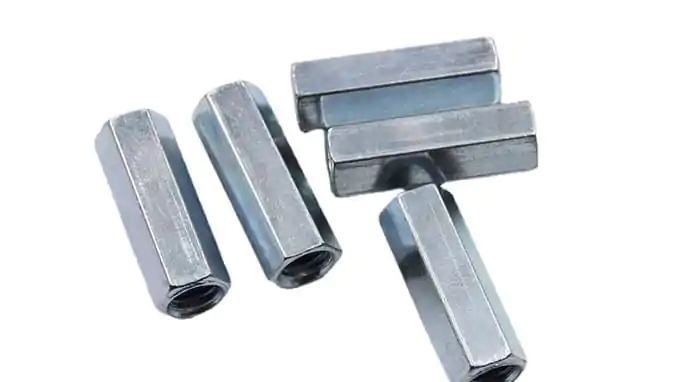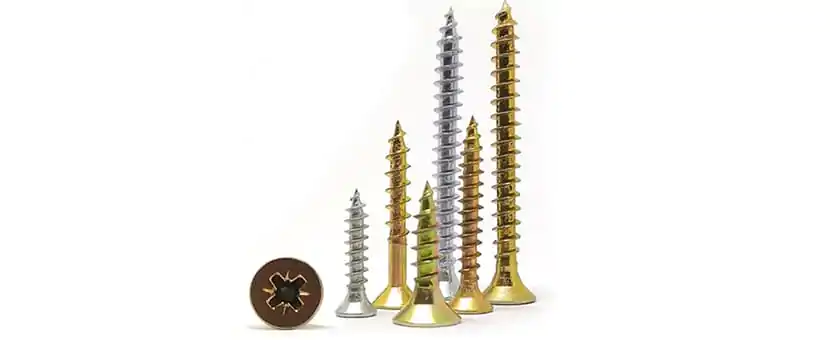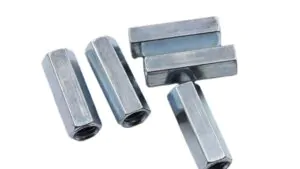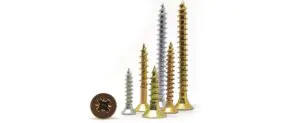Concrete anchors are crucial fasteners used to secure fixtures, machinery, or equipment to concrete surfaces. They come in various types, including wedge anchors, sleeve anchors, and epoxy anchors, designed to offer strength and reliability in construction, mechanical, and industrial applications. This guide will walk you through the process of installing concrete anchors, with special attention to Hengrui Fasteners, a trusted provider of high-quality concrete anchors for demanding environments.
What Are Concrete Anchor Bolts?

Concrete anchor bolts are heavy-duty fasteners designed to secure objects to concrete or masonry surfaces. They are widely used in construction, mechanical systems, and other industries where fixtures need to be firmly anchored to concrete foundations or slabs. These anchors come in different forms, including wedge anchors, expansion anchors, and screw anchors, each designed for specific applications.
Concrete anchor bolts work by creating a strong bond between the concrete and the anchor, preventing movement and ensuring that the fixture remains securely in place even under stress. Hengrui Fasteners offers a wide range of concrete anchors suitable for various industrial, commercial, and governmental applications, ensuring reliability and durability.
Types of Anchor Bolts for Concrete
There are various types of anchor bolts for concrete, each suited for different applications. Here are the most common:
- Wedge Anchors
Ideal for heavy-duty applications, wedge anchors expand inside the concrete to create a secure hold. They are often used in industrial and construction projects. - Expansion Anchors
These anchors are perfect for lighter applications. They expand when inserted into a pre-drilled hole, making them ideal for fastening lightweight fixtures. - Screw Anchors
Concrete screws, like those from Hengrui, cut directly into the concrete without the need for plugs, making installation faster and easier.
Hengrui Fasteners offers a wide range of these anchor bolts, designed to perform reliably in demanding environments.
5 Steps for Installing Concrete Anchor Bolt
Installing concrete anchors properly is essential for ensuring a secure and long-lasting installation. Here’s a simple 5-step process to guide you through the installation of concrete anchors, including Hengrui Fasteners:
- Mark Your Installation Locations
Start by marking the spots where you will drill the holes for your anchors. Ensure these locations are precise to avoid misalignment when securing the fixture. - Select the Correct Drill Bit Size
Choose a drill bit size that matches the diameter of the concrete anchor. For Hengrui Fasteners, we recommend referring to the product’s specifications to ensure a perfect fit. - Drill the Holes
Use a hammer drill to create holes in the concrete. Ensure that the hole is slightly deeper than the anchor’s embedment depth to allow for a secure fit. - Insert the Anchor
Insert the concrete anchor into the hole, ensuring it fits tightly. For wedge anchors, you may need a hammer to complete the installation and set the anchor in place. - Tighten the Nut or Bolt
Once the anchor is in place, use a wrench or impact driver to tighten the nut or bolt, ensuring a firm hold.
Do I Need to Pre-drill for Concrete Screws?
Yes, pre-drilling is required for concrete screws. Concrete screws, such as Tapcon screws, need a pilot hole that’s slightly smaller than the screw size. The hole should also be deeper than the screw length to ensure a secure fit. After drilling the hole, clean out any dust or debris before driving in the screw.
For Hengrui’s concrete screws, ensure you follow the recommended drilling specifications to achieve optimal results.
Do You Hammer in Concrete Anchors?
For certain types of concrete anchors, like wedge anchors, hammering is necessary to set the anchor securely into place. Once inserted through the fixture’s hole into the concrete, use a hammer to drive the anchor in further until the nut and washer are tight against the fixture.
Make sure to use the correct hammer and tools to avoid damaging the anchor or the fixture.
Summary
In conclusion, installing concrete anchors is a straightforward process, but it requires attention to detail to ensure the fasteners perform well in demanding environments. By following the steps outlined in this guide and using quality products like Hengrui Fasteners, you can ensure your fixtures are securely anchored to concrete, providing long-lasting support and stability for your projects.
For more information on Hengrui Fasteners, visit Hengrui Fasteners.









